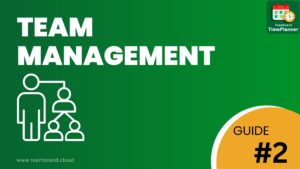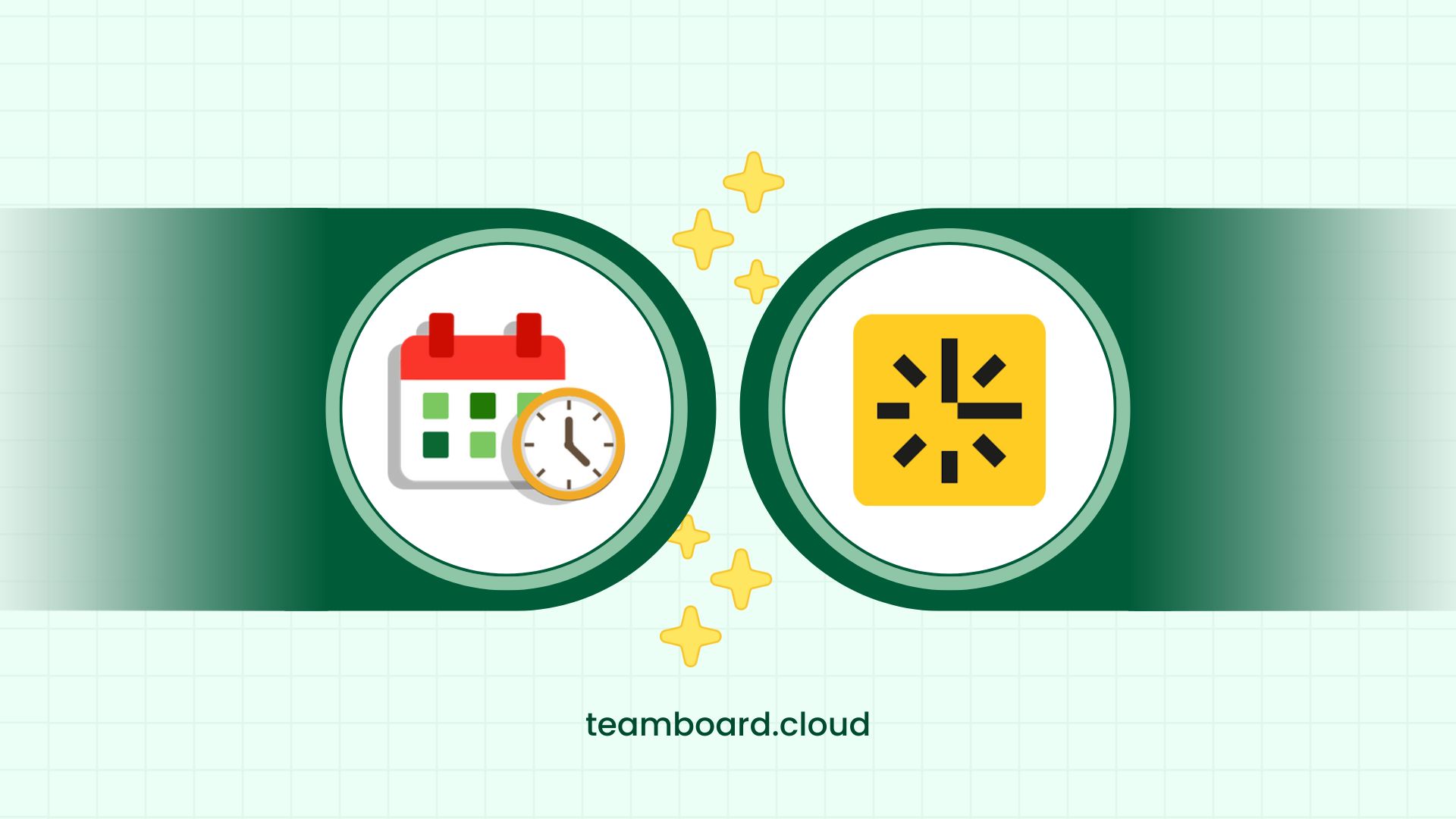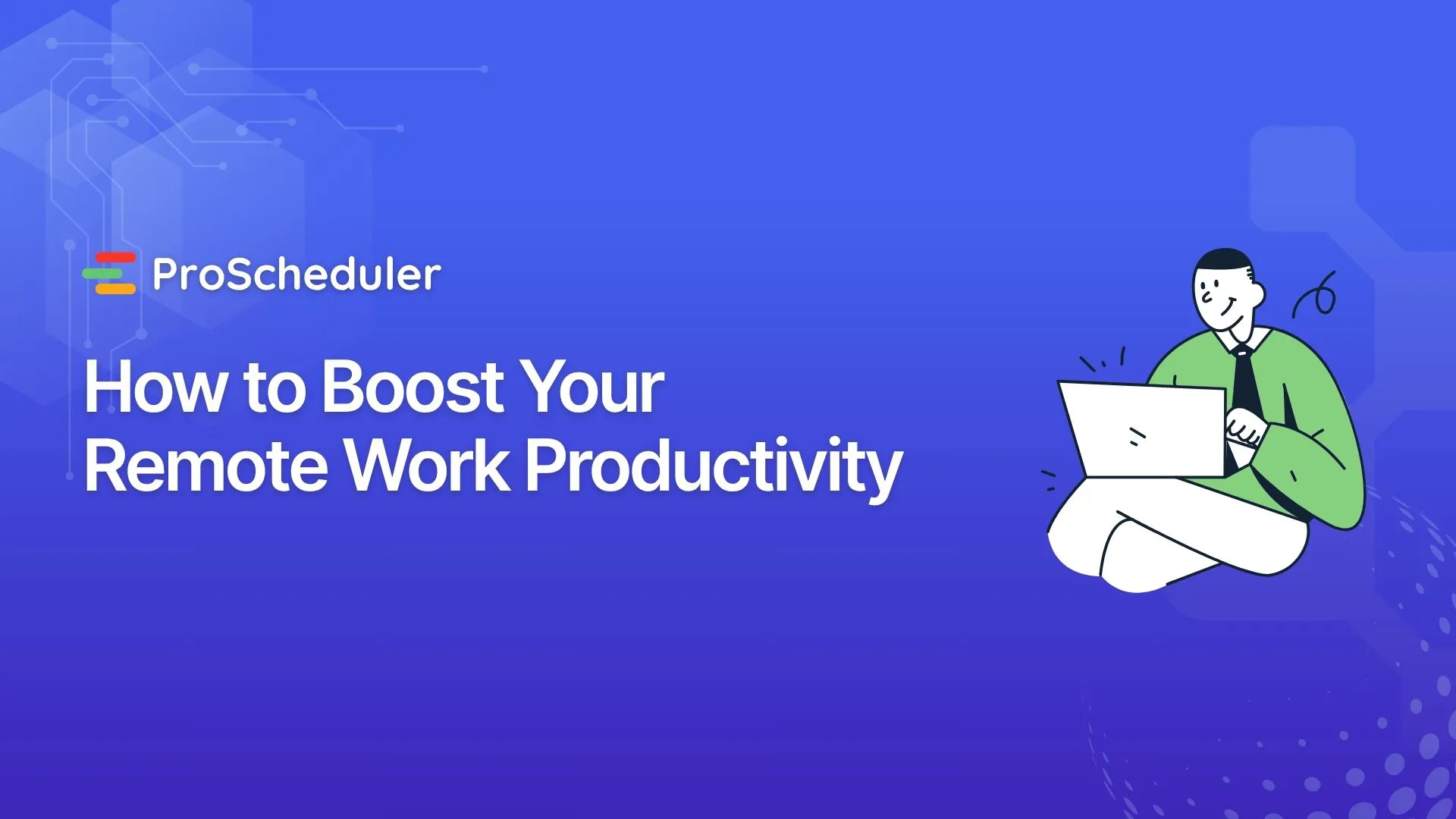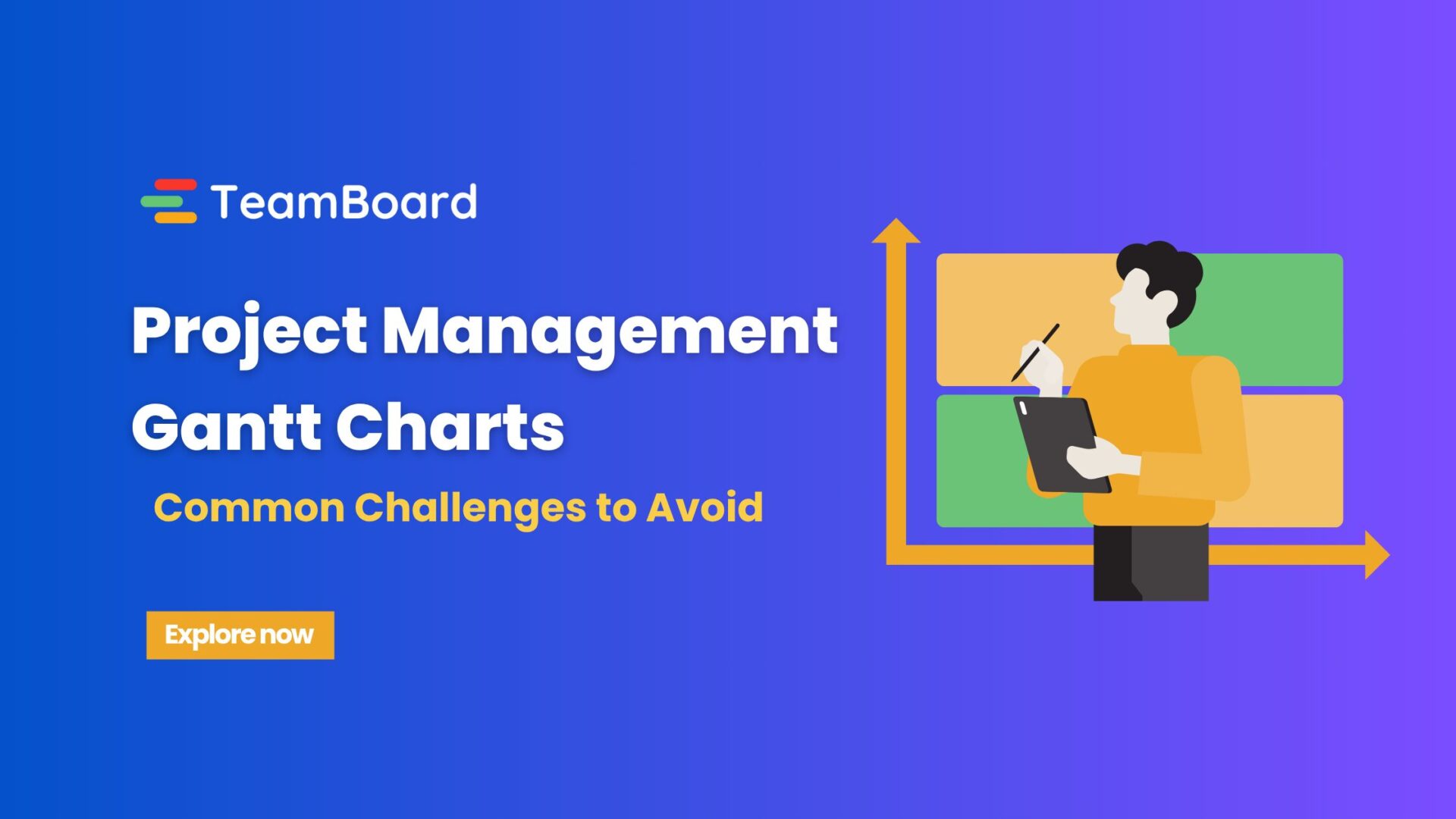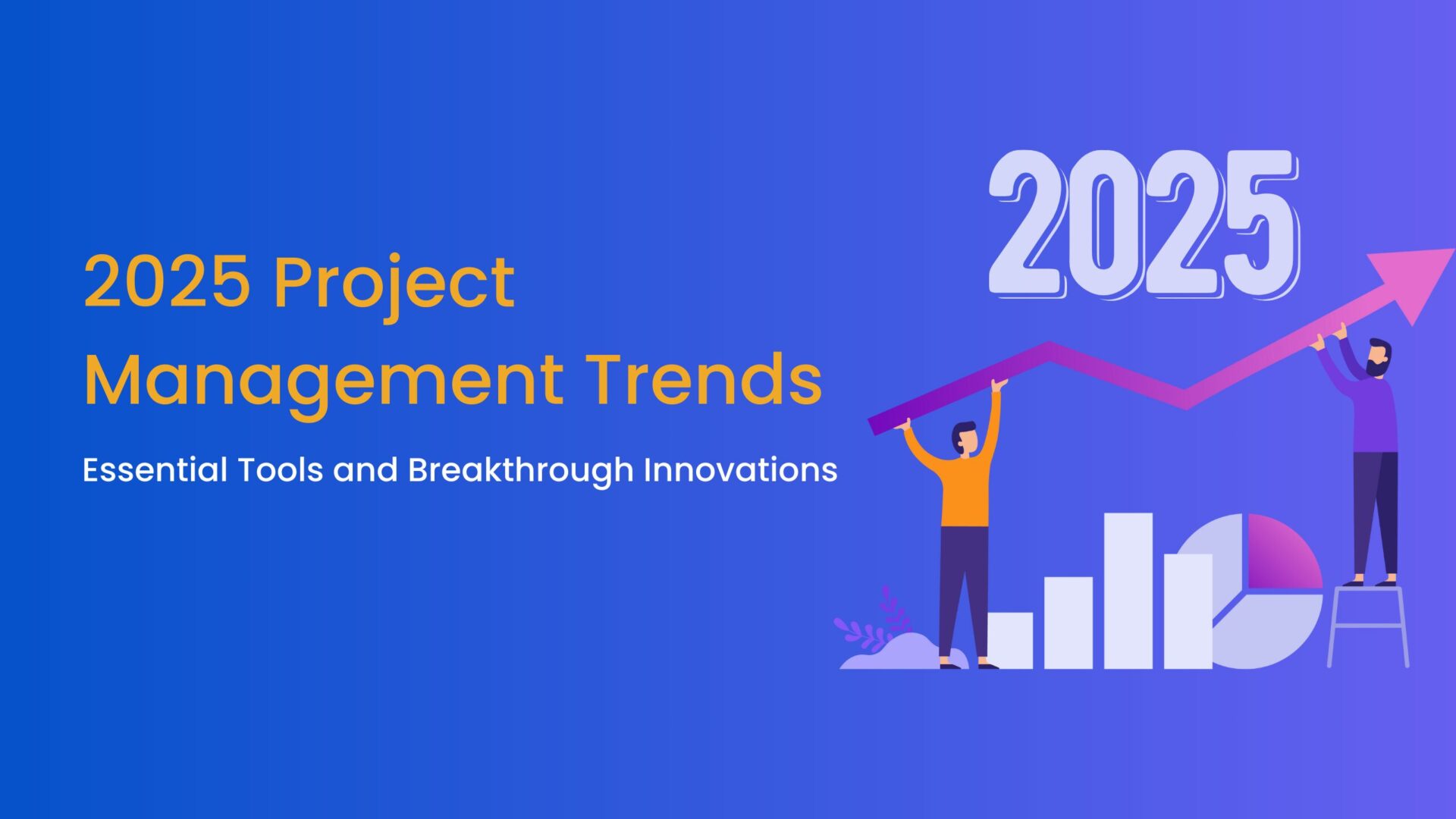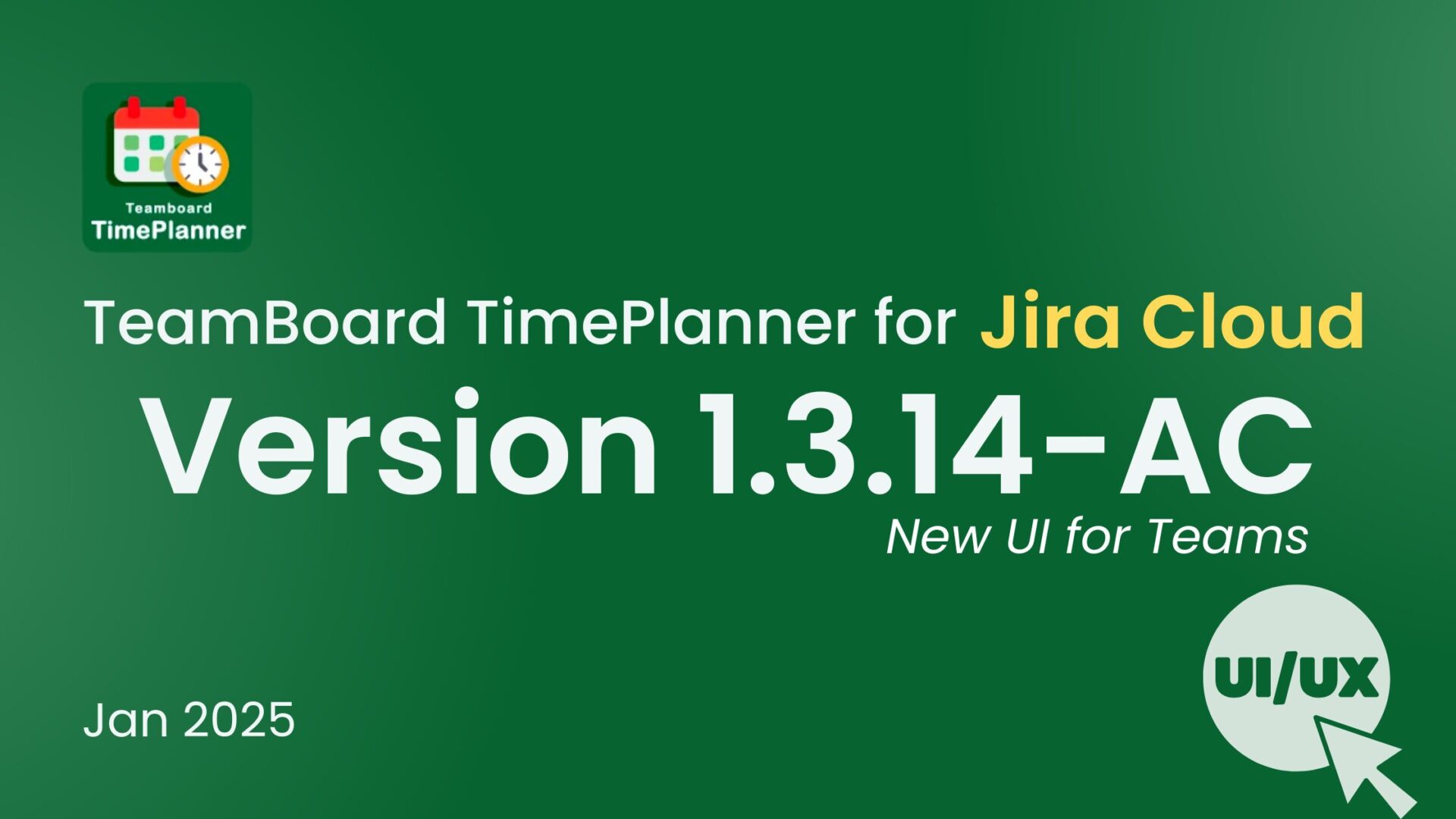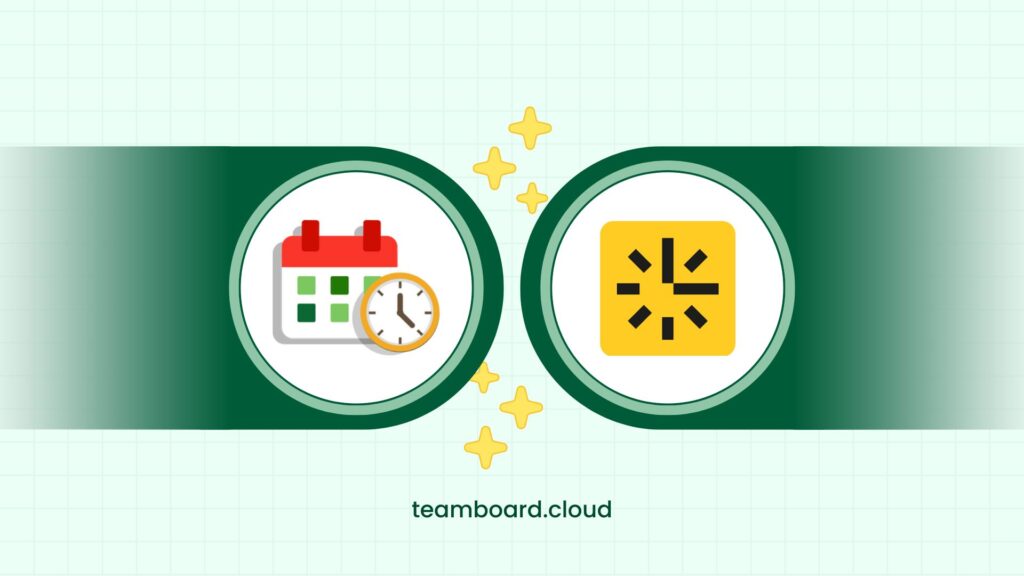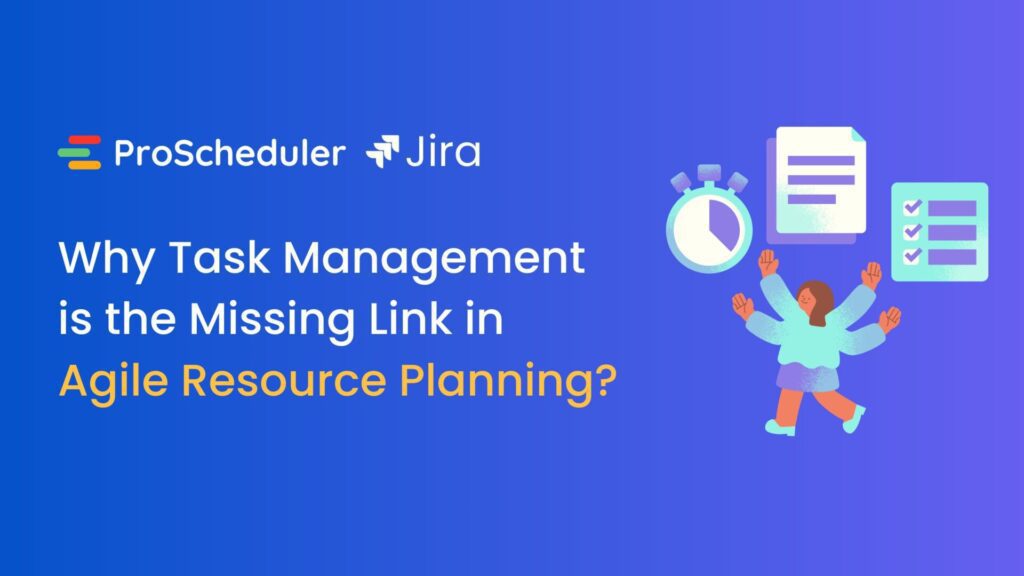Time, as they say, is of the essence. Nowhere is this truer than in the realm of project management. Effective time management is key to project success, and managers must master it to meet deadlines. This blog aims to answer the question: Why is managing time in project management important? It will also explore 10 actionable strategies that can improve your time management skills significantly.
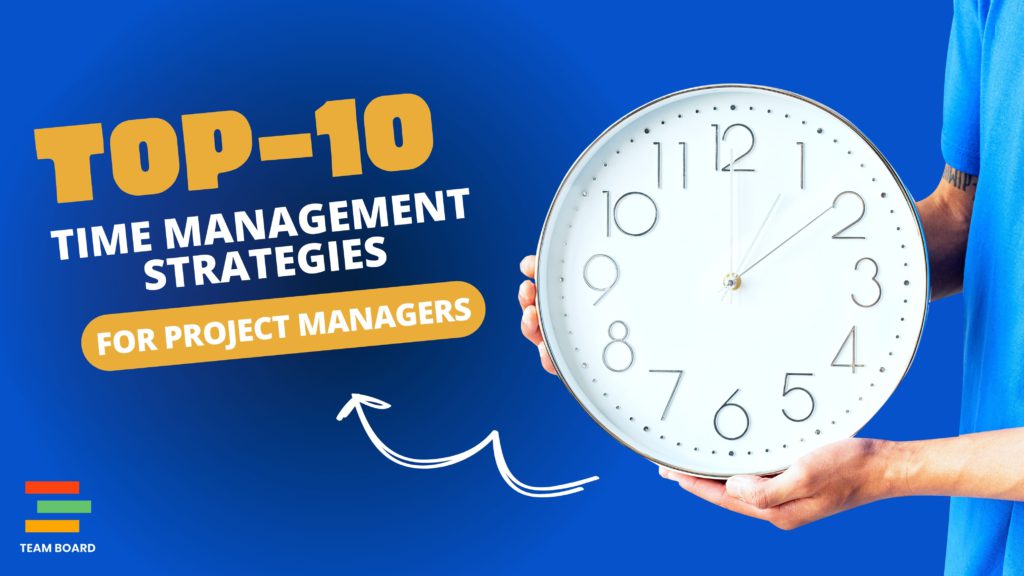
Why is managing time in project management important
Managing time effectively is critical in project management due to several crucial reasons:
- Project Success: The success of a project largely depends on whether it is completed within the set time frame. Delays can increase costs, cause inconvenience, damage reputation, and even lead to the failure of the project. Effective time management ensures that every task is planned, organized, and completed on schedule.
- Resource Utilization: Time is one of the most important resources in any project. By effectively managing time, project managers can make the most out of the other resources at their disposal as well, such as personnel, equipment, and funds. This results in lower costs, higher efficiency, and better outcomes.
- Quality Assurance: With a proper time management plan in place, team members aren’t rushed to complete tasks, which can lead to errors and compromise the quality of work. Instead, each task is given the adequate time it needs to be completed at the highest level of quality.
- Stress Reduction: Effective time management reduces stress for both the project manager and their team. It helps to prevent a chaotic work environment and instead promotes a more balanced, productive, and relaxed atmosphere. This can boost morale and lead to a more successful project.
- Enhanced Productivity: Time management techniques, such as setting goals and prioritizing tasks, can increase productivity. They help team members focus on what needs to be done and provide a clear path to project completion.
Effective Time Management Strategies in Project Management
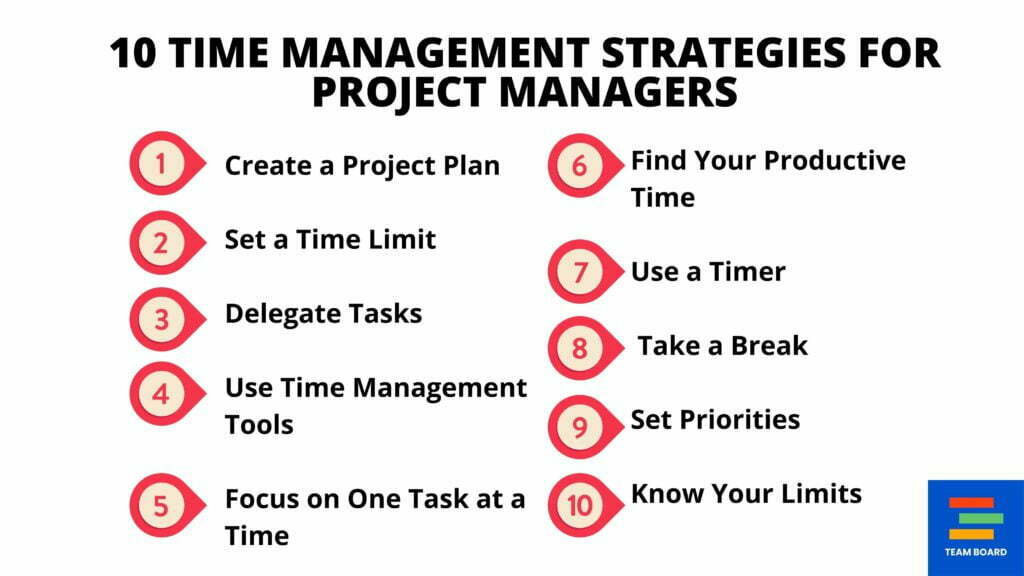
1. Create a Project Plan
Creating a project plan involves developing a comprehensive framework that outlines every aspect of the project. This includes setting clear goals and objectives, identifying key stakeholders, defining the project scope, and establishing a work breakdown structure. The project plan should also encompass detailed timelines, assign responsibilities, and devise a risk management plan.
For example, if a project manager is orchestrating a software development project, the project plan would include objectives such as the development of specific software features, the stakeholders like developers, testers, and end-users, the scope which would detail the requirements and boundaries of the project, and the work breakdown structure, dividing the project into tasks such as coding, testing, and implementation.
The project plan also needs to outline the timelines for each task, delegate tasks to team members, and anticipate potential risks and plan mitigation strategies. This document will serve as the primary point of reference throughout the project lifecycle, ensuring every team member is aware of their responsibilities and the project’s progress.
A well-crafted project plan holds immense value because it keeps projects on track, within budget, and aligned with objectives. Without it, projects risk derailment, cost overruns, and missed goals.
2. Set a Time Limit
Setting a time limit for tasks within your project is an essential strategy for maintaining focus and preventing scope creep. This practice, known as timeboxing, involves allocating a fixed time period, or ‘box’, to each task or activity within the project.
In a project management context, setting time limits involves a deep understanding of the tasks at hand and the ability to realistically estimate how long they’ll take to complete. Each task in the project plan should have a clear start and end date, creating a detailed and structured project timeline.
For example, in a website redesign project, you could allocate one week for market and user experience research, two weeks for initial design concepts, one week for client feedback and revisions, two weeks for final design and development, and a few days for testing and implementation.
Timeboxing allows you to manage the project schedule effectively, ensuring tasks do not overrun their allocated time, thereby preventing delays in the overall project. It also provides the team with clear deadlines to work towards, improving productivity and focus. Remember, the time limits set should be realistic and consider factors such as the complexity of the task, the resources available, and the skills of the team members involved.
3. Delegate Tasks
Delegating tasks is a crucial aspect of effective project management. It requires assigning tasks to team members considering their skills, expertise, and availability, ensuring efficient and effective completion.
As a project manager, it’s important to understand the strengths and weaknesses of each team member. This understanding will allow you to delegate tasks to the people best suited to perform them. For example, if you have a team member who excels at data analysis, it would be beneficial to assign data-driven tasks to them. Conversely, you might best assign tasks requiring innovative solutions to a team member with creative problem-solving skills.
Delegating tasks not only enhances the efficiency of the project but also helps in developing the skills and abilities of the team members. However, don’t confuse delegating with abdicating responsibility. As a project manager, you remain responsible for overall project delivery and ensuring timely, high-quality task completion.
When delegating tasks, provide clear instructions, explain the task’s relevance to the overall project, and set a clear deadline for completion. Regular check-ins can help track progress and address any issues or obstacles encountered by the team members.
4. Use Time Management Tools
Utilizing time management tools is a crucial strategy for effective project management. These tools, which include platforms like Asana, Trello, Jira, or Microsoft Project, provide an organized, centralized space for overseeing and managing various project elements. They facilitate the creation and assignment of tasks, setting and tracking of deadlines, resource allocation, and team collaboration.
For instance, in a social media campaign project, a project manager might use a tool like Trello to visually map out the entire project flow, from content creation to publication. Each card on Trello can represent a task, with details such as the team member responsible, the due date, and any associated files or comments.
Simultaneously, a tool like Slack could be used for real-time communication, allowing the team to quickly address queries, share updates, or discuss ideas. This integrated use of time management tools enables the project manager to maintain an organized overview of the project, monitor its progress in real-time, and ensure efficient use of time and resources.
The choice of time management tools would depend on various factors including the nature of the project, the size of the team, the complexity of tasks, the project’s timeline, and budget. Therefore, it’s essential to assess these factors and select tools that best meet the project’s requirements and facilitate efficient time management.
5. Focus on One Task at a Time
Focusing on one task at a time is time management strategies that can greatly improve productivity and the quality of work in project management. Despite the allure of multitasking, research has consistently shown that our brains are not designed to handle multiple cognitive tasks simultaneously.
Trying to juggle multiple tasks at once can lead to errors, decreased efficiency, and mental fatigue. Instead, a more effective approach is to devote your attention to one task at a time, a concept known as single-tasking or monotasking.
When you focus solely on one task, you can channel all your resources and cognitive abilities toward its completion, leading to higher-quality results. This approach minimizes distractions and allows for deeper immersion in the task, leading to innovative ideas and solutions.
For example, a project manager overseeing the design of a new product might focus entirely on researching market trends in the morning, and then move on to drafting the design blueprint in the afternoon. This approach allows for a comprehensive focus on each task, ultimately leading to more thorough research and a well-thought-out design.
To implement this strategy effectively, it can be helpful to prioritize tasks, create a conducive work environment free from distractions, and allocate specific time slots for different tasks. Remember to also take regular breaks to avoid cognitive fatigue and maintain peak productivity.
While this approach may not always be feasible in fast-paced, dynamic environments, where responding to new information or changing circumstances quickly is necessary, trying to implement it as much as possible can lead to significant improvements in productivity and work quality.
6. Find Your Productive Time
Everyone has different peak productivity times – periods of the day when they are most alert, focused, and capable of producing high-quality work. This is often referred to as one’s “biological prime time.” Recognizing and leveraging these times can greatly enhance productivity and efficiency in project management.
For instance, some people are most productive early in the morning, enjoying the peace and quiet before the day’s hustle begins. These “morning larks” may choose to tackle complex tasks that require deep focus during these hours. Conversely, “night owls” find their stride in the evening or late-night hours, and they might choose to save their demanding tasks for this period.
A project manager could benefit greatly by identifying their own productive times as well as those of their team members. For example, if a software developer realizes that they write their best code late in the afternoon, they could arrange their schedule to work on their most challenging coding tasks during this time.
Keep in mind that it’s not always possible to perfectly align tasks with one’s productive times, especially in a team setting with multiple people and schedules to consider. However, even small adjustments, like scheduling brainstorming sessions or team meetings during the group’s general peak productivity hours, can make a significant difference.
Finding your productive time and using it to your advantage is a simple yet effective strategy to manage your time better and boost productivity in project management.
7. Use a Timer
Using a timer is a popular time management strategy, often associated with techniques such as the Pomodoro Technique. This method is named after the tomato-shaped kitchen timer that Francesco Cirillo, the inventor of the technique, used while in university.
The concept is simple: you set a timer (typically for 25 minutes) and focus solely on one task during that period, avoiding all distractions. After the time is up, you take a short break (about 5 minutes). This break allows your mind to rest and rejuvenate. After completing four ‘Pomodoros’, you take a longer break, usually between 15 to 30 minutes.
This technique is beneficial because it creates a sense of urgency that can improve focus and productivity. The breaks also provide necessary downtime for the brain, reducing fatigue and maintaining performance over extended periods of work.
A project manager might use a timer for 25-minute focused writing, then a break for 5 minutes. Repeat this before a longer break for emails or lighter tasks.
There are many digital tools and apps available, such as TeamBoard TimePlanner for Jira, that can help implement this technique. However, it’s important to remember that specific times can be adjusted to best fit individual needs and work styles. The primary aim is to create a balanced rhythm between focused work and restful breaks, promoting sustained productivity.
8. Take a Break
Taking regular breaks is an essential part of effective time management strategies. Breaks provide a necessary rest period for the mind, helping to maintain high levels of productivity, promote creativity, and prevent burnout.
The human brain is not designed to focus intensely for extended periods without rest. Regular breaks can help to refresh and reset the mind, improving concentration, creativity, and problem-solving skills when you return to work.
The timing and nature of the breaks can vary based on individual preferences and the nature of the work. Some people prefer short, frequent breaks, while others do well with longer breaks after a few hours of concentrated work. Break activities can range from taking a walk, meditating, grabbing a snack, doing some light exercise, or simply stepping away from the workspace for a few minutes.
For example, a project manager working on a complex problem might take a short walk outside after a period of intense focus. This break from the work environment can help clear the mind, reduce stress, and even stimulate new ideas or perspectives.
9. Set Priorities
Taking regular breaks is an essential part of effective time management strategies in project management. Breaks give the mind rest, maintaining productivity, boosting creativity, and preventing burnout.
The human brain isn’t built to focus intensely for long periods without rest. Regular breaks refresh the mind, enhancing concentration, creativity, and problem-solving upon return.
The timing and nature of the breaks can vary based on individual preferences and the nature of the work. Some people prefer short, frequent breaks, while others do well with longer breaks after a few hours of concentrated work. Break activities can range from taking a walk, meditating, grabbing a snack, doing some light exercise, or simply stepping away from the workspace for a few minutes.
For example, a project manager working on a complex problem might take a short walk outside after a period of intense focus. This break from the work environment can help clear the mind, reduce stress, and even stimulate new ideas or perspectives.
10. Know Your Limits
Knowing your limits and acknowledging them is a crucial aspect of time management strategies in project management. It involves understanding your capabilities, recognizing the signs of burnout, and making sure you’re not taking on more work than you can handle.
Everyone has a maximum capacity for work, and exceeding this limit can lead to stress, decreased productivity, and burnout. Acknowledging these limits helps ensure that you’re working at a sustainable pace and delivering the best quality of work.
For project managers, it’s not just about knowing their own limits but also those of their team members. This knowledge allows for fair distribution of tasks and prevents overloading any one team member. By doing this, a project manager can maintain a healthy, productive work environment and ensure the project stays on schedule.
For instance, if a project manager sees a team member consistently working late to meet deadlines, it might indicate overload. In such a scenario, the project manager could reassess the team member’s workload and redistribute tasks if necessary.
Knowing your limits also applies to the resources available for the project, such as time, budget, and equipment. A successful project manager will plan and manage the project to stay within these constraints.
In conclusion, effective time management is a critical aspect of successful project management. Boost project management with detailed planning, time tools, task delegation, focused tasks, productivity awareness, timers, breaks, priorities, and recognizing limits.
Each strategy offers unique benefits, and together they boost productivity, reduce stress, and improve project quality. Time management aims for efficiency and well-being, not just speed.
Lastly, it’s important to remember that effective time management strategies is a continuous learning process. What works best for one person or project may not be as effective for another. It’s vital to stay flexible, reassess strategies, and adjust for optimal time management. Do so, and you’ll equip yourself to drive your projects to success, regardless of any challenges.


